Job Creep and How to Combat the Ugly Consequences
 In this series we will be exploring different causes of work-related stress and ways to improve your health and wellness.
In this series we will be exploring different causes of work-related stress and ways to improve your health and wellness.
I know you feel it. The anxiety with more and more responsibilities outside of your already overwhelming workload. Above and beyond used to be the exception which made go getters stand out and also up the ante for others. Over time this exception has become the rule. It is embedded in the workplace and those who only do their job are considered slackers or quiet quitters. There are many reasons this new work culture has come about resulting in mental and physical health consequences.
Many factors contribute to work creep. Understaffing and not hiring for empty positions leaving the staff to divey up the empty position’s responsibility. Job roles have become harder to define and poor role definition results in lack of clarity and unrealistic engagement requirements. Employees are experiencing compassion fatigue and anxiety from toxic positivity, especially in companies that don’t execute the promised work life balance marketing agenda. No one feels this stress like women in the work force. Women still take on the majority of home responsibilities with the newly added tasks at work. When women go the extra mile, they are often ignored, or it is expected while the male counterpart will be awarded and promoted. Studies have found when women go above job expectations it has little or zero impact on performance evaluations.
The exception becoming the rule is causing burn out. Work creep is not healthy, productive, or sustainable. Job creep doesn’t just happen with the staff; check in on your leader every so often. They may be struggling also. Some things you can do at work to set up boundaries for yourself and others are creating a project scope and clearly define roles with the vision statement, making the scope and defining the vision of a project helping with communication. Well defined roles creates efficiency and cohesion. Make the project objectives reasonable and realistic. At home, make times to disconnect from technology taking a walk on PATH400, join a community group or workshop making connections outside of work, and block your schedule for downtime if it is hard for you to commit. You are more productive, creative, and have sharper problem-solving skills when you have down time.
Check out the series exploring to workplace stress here.
Teresa Perkins is a climate change and sustainability journalist, who is creating research-based climate change content pertaining to sustainable energy at local, national, and global level for publication and distribution. She partners with non-profit organizations for innovative ideas and sustainability projects and connects global UN Climate Change reports to local initiatives.





